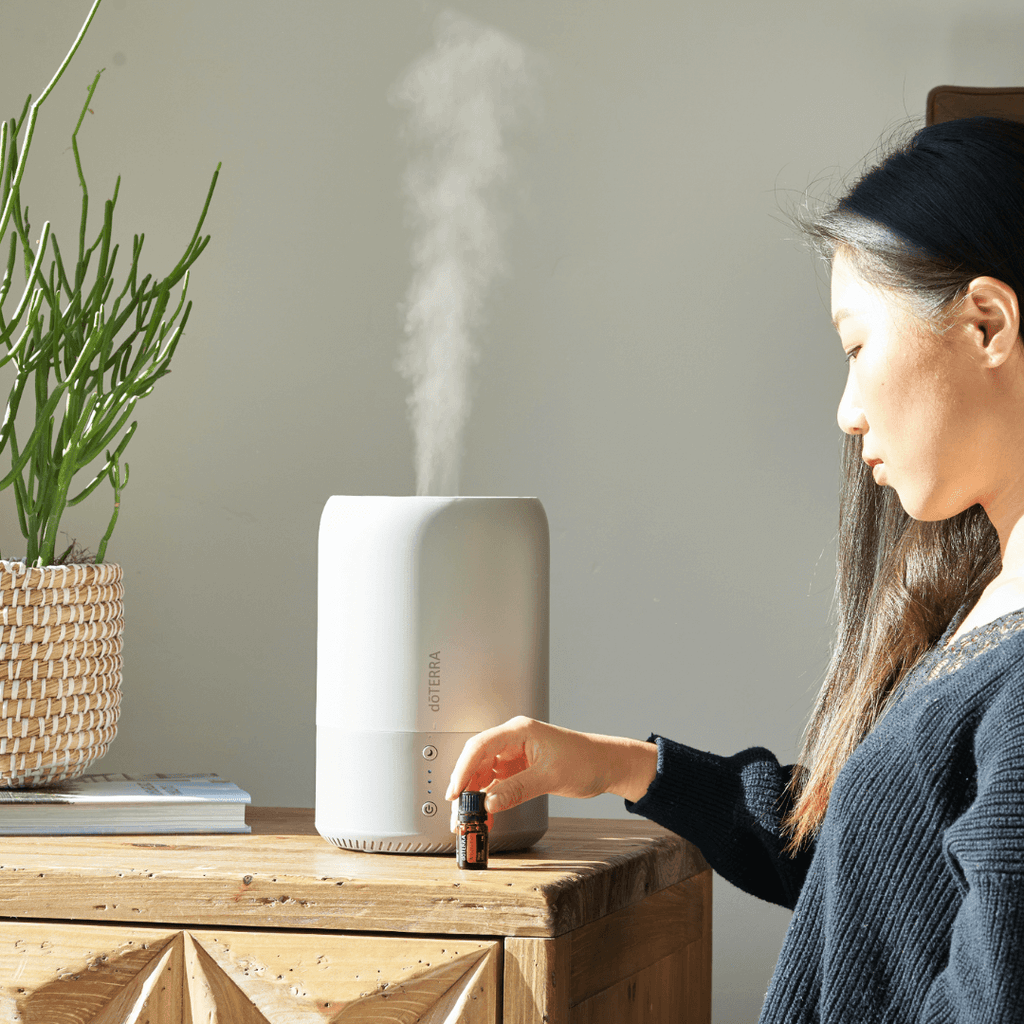The Basics of Aromatherapy: What You Need to Know

Welcome to the world of aromatherapy, where nature's fragrant treasures hold the power to enhance your well-being and elevate your senses. Whether you're completely new to the concept or looking to deepen your understanding, this introductory guide will walk you through the fundamentals of aromatherapy, its rich history, the role of essential oils, methods of application, and the profound impact it can have on your emotions and overall health.
Aromatherapy Unveiled
Aromatherapy Defined: At its core, aromatherapy is the art and science of using aromatic plant extracts, known as essential oils, to promote physical and psychological well-being. These potent oils are carefully distilled or extracted from various parts of plants, such as leaves, flowers, stems, and roots, and are renowned for their therapeutic properties.
A Rich History: The use of aromatic plants for healing and well-being dates back thousands of years, with roots in ancient civilizations such as Egypt, Greece, and China. Essential oils were treasured for their medicinal, spiritual, and cosmetic benefits. In the modern era, aromatherapy has gained popularity as a complementary holistic approach to health and wellness.
The Role of Essential Oils
Nature's Potent Gift: Essential oils are the lifeblood of plants, containing a concentrated blend of natural compounds that give each oil its unique scent and therapeutic properties. These oils can offer a wide range of benefits, from relaxation and stress relief to skin care and respiratory support.
Diverse Properties: Essential oils are renowned for their diverse properties, including antibacterial, anti-inflammatory, antispasmodic, and more. They can influence mood, alleviate physical discomfort, and even enhance cognitive function. The key is to choose the right essential oils for your specific needs.
Methods of Application
Aromatherapy offers various methods of application to suit your preferences and needs. Here are some common ways to harness the power of essential oils:
1. Diffusing: A popular method, diffusers disperse essential oils into the air as a fine mist. This allows you to enjoy the therapeutic benefits through inhalation. Diffusing can create a calming ambiance, boost concentration, or improve air quality.
2. Topical Application: When diluted with a carrier oil, essential oils can be applied directly to the skin. This method is excellent for massage, skincare, and targeted relief from ailments like muscle tension or headaches.
3. Inhalation: Inhaling essential oils directly from the bottle or using a tissue infused with a few drops can provide quick relief from stress, nausea, or respiratory issues.
Aromatherapeutic Properties
One of the most fascinating aspects of aromatherapy is how different essential oils can influence our emotions and overall well-being. This is achieved through their aromatherapeutic properties, which are categorized into various scent families, including:
-
Calming: Lavender, chamomile, and frankincense are renowned for their ability to promote relaxation and reduce anxiety.
-
Uplifting: Citrus oils like lemon, orange, and grapefruit can elevate mood and energize the spirit.
-
Balancing: Oils such as rose and geranium help restore emotional equilibrium and self-esteem.
-
Energizing: Peppermint, eucalyptus, and rosemary provide a refreshing burst of energy and mental clarity.
As you explore aromatherapy, you'll discover the endless possibilities for creating blends that resonate with your unique needs and preferences.
In conclusion, aromatherapy is a holistic and time-tested approach to enhancing your physical and emotional well-being. By harnessing the power of essential oils and understanding their aromatherapeutic properties, you can embark on a journey toward a healthier, more balanced life. Whether you're seeking relaxation, rejuvenation, or relief from various ailments, aromatherapy offers a natural and fragrant path to well-being.